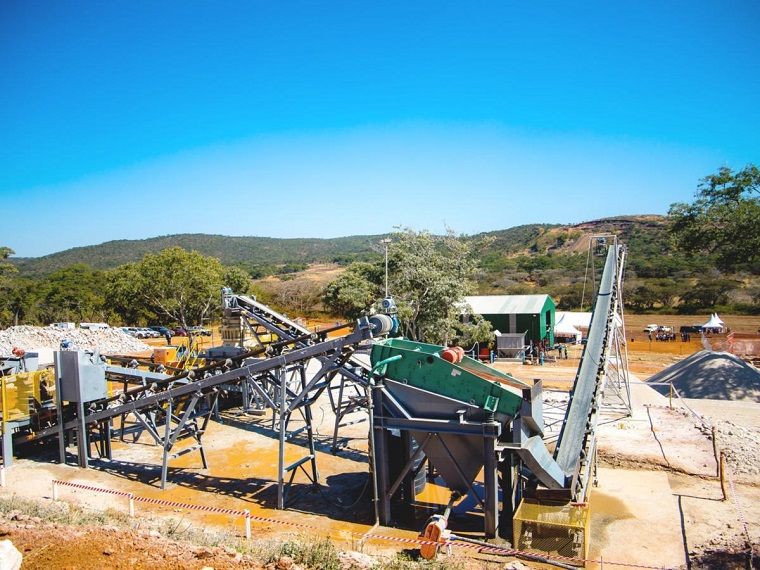 Huayou, one of the world’s biggest companies in the battery metals business, has announced a deal to buy Prospect Resources, which is developing a lithium mine in Zimbabwe. The deal will see the Chinese giant paying US$422 million for Prospect shares.
Huayou, one of the world’s biggest companies in the battery metals business, has announced a deal to buy Prospect Resources, which is developing a lithium mine in Zimbabwe. The deal will see the Chinese giant paying US$422 million for Prospect shares.
Huayou is the world’s biggest producer of cobalt, a metal used in EV batteries. It has assets of close to US$8 billion and made US$2.1 billion in revenue between January and June this year.
Prospect is listed on the Australian Stock Exchange and has been developing Arcadia mine in Goromonzi.
It is no surprise to see a Chinese firm winning the bid for the project.
Chinese companies are buying up lithium projects around the world to secure supplies. By October, Chinese firms had bought 6.4 million tonnes of lithium resources in 2021. That almost matches the 6.8 Mt bought by all other companies in 2020. Chinese battery makers won bids worth US$1.58 billion in 2021, according to S&P Global Market Intelligence.
Here, we summarise how Prospect got here, what the deal entails, and what happens going forward. This report contains several links to our previous reporting on Prospect’s progress towards the sale.
Prospect: A timeline
2018: Prospect breaks ground at its mine site at Goromonzi, announcing an ambition to build what could be Africa’s biggest lithium project. The site sits on a farm where, decades earlier, explorers from a British firm, Atomic Energy Authority, had dug around searching for beryl, a mineral in hot demand at the time for alloys to make everything from springs to aircraft and missiles.
Soon after, Prospect ships its first 100kg samples of its 99.5% battery-grade lithium carbonate, for distribution to potential offtake partners for evaluation. The company also announces plans to process lithium hydroxide, used in the manufacture of battery cathodes..
2019: Prospect gets Special Economic Zone status, which gives it generous tax holidays and lowers the cost of developing the project. The company signs an offtake agreement with Sinomine, which guarantees that it will have a market for some of its lithium once production starts.
Prospect considers selling the mine to a bigger investor able to take the project forward. The company appoints leading investment bank Renaissance Capital as its advisor on the possible sale of its interests in the Arcadia lithium mine to Russian energy firm Uranium One.
2020: Prospect signs a seven-year deal to supply petalite to Sibelco, the largest distributor of the metal in Europe and one of the world’s largest glass-ceramic manufacturers. With the Sibelco deal, all of the petalite that Prospect will produce from Arcadia lithium mine in the first seven years now has guaranteed buyers. In 2021, Prospect builds its first pilot plant and ships its first samples of petalite in Sibelco.
2021: Prospect decides to go a different route on seeking a new investor. They open up a bidding process, banking on demand for such assets from larger lithium developers. Out of seven bidders, the company decides to go with Huayou. The Chinese company is the world’s biggest producer of cobalt, one of the key components in batteries. It has also recently bought up lithium mines and battery manufacturers.
Huayou chairman Chen Xuehua said the acquisition is part of his company’s strategy to build its battery materials arm.
“The acquisition of Arcadia complements our existing battery metal mining operations in southern Africa and represents a logical transaction for Huayou as we continue to build a new energy materials business division.”
Continued next page
(294 VIEWS)






0 Comments